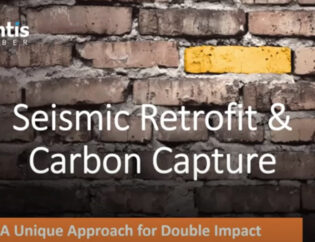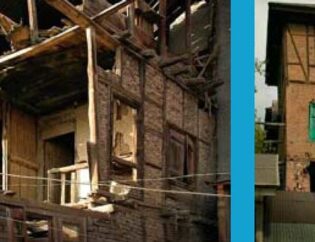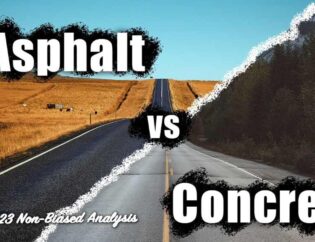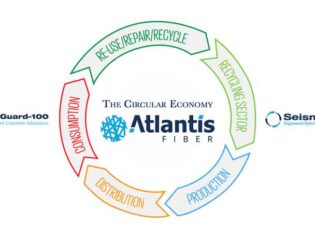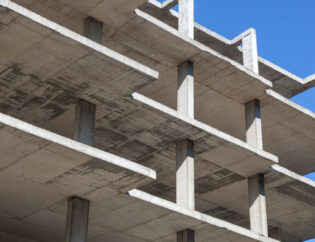
Fly Ash vs AtlantisFiber™ (EDCC w/STF) – What is the difference in both availability, cost, long term effectiveness (resiliency), and eco-friendly aspects?

Overall, Fly Ash Is Considered To Be Eco-Friendly
When used in concrete applications, being able to use recycled material is far better than not — and if power companies are going to burn coal and produce fly ash anyway, it makes sense to put this by-product to good use, especially if doing so can save money and energy in the construction sector, right?
The Same Goes For Tires
Over 1.5 billion tires reach the end of their useful lives every year around the Globe. The sheer volume of tires discarded each year – almost 300 million tires in the United States alone – makes safe disposal difficult. This is why AtlantisFiber™ has looked to the recycling of all the materials that are not typically recycled — commonly called “scrap tire fiber” or STF — and has developed a nuanced product that shows some incredible results from load-bearing after the concrete starts to crack, as well as pre-conditioning the concrete to reduce cracking by 90% overall.
Additionally, when we start talking about the performance benefits of Fly Ash vs AtlantisFiber™, this is where AtlantisFiber™ wins hands down. Our cost-effective solution shows that what was once potentially cost-prohibitive, is now affordable and much more likely to be utilized by engineers and architects alike in the design phase of their projects. Our fiber is also very easily incorporated by ready-mix operators and contractors who are tasked with the hands-on component of these projects.
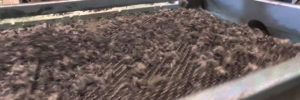
Tires that are simply thrown away are a serious environmental problem.
Discarded tires are an ideal breeding ground for mosquitoes and other disease-carrying animals because their hollow, rounded shape holds water for a long time. When disposed of in a tire stockpile, used tires are often burned outdoors, which creates an ugly black smoke that contains toxic compounds (due in part to the oil and other products used in manufacturing tires).
Tires are also a problem in landfills: their hollow, rounded shape takes up valuable space in landfills. Additionally, tires often don’t stay buried. They have the unfortunate habit of trapping gases like methane and then “bubbling up” through landfills, ripping through landfill liners in the process.
How Are Tires Recycled?
Tire recycling and reuse have made great strides in recent years, partly due to environmental regulations and partly due to innovative technologies that have created new uses for old tires.
“Civil engineers, in particular, have found a wide variety of uses for old tires. Shredded tires are used in constructing road embankments and below-grade fill; they can also be used as a vibration-reducing material for railway lines. Ground-up tire rubber is also used as a road material or construction material when mixed with asphalt or concrete.” ~ The Spruce
The Proof-Of-Concept Of Fiber-Reinforced Concrete Goes Back Decades
Fiber-reinforced concrete, as a unique form of concrete in which wastes can be used for total or partial replacement of certain conventional components, has given rise to a more environmentally friendly and efficient end product.
“According to test results, the concrete with a 10% replacement of cement with fly ash and fiber presented better results of compressive strength than the concrete without fiber. Additionally, worldwide the production and consumption of building materials have increased dramatically in the last few decades and additives such as our fiber go a long way towards adding the strength and resiliency that will ensure these structures last considerably longer than ordinary, unreinforced concrete alone.” ~ Science Direct
Be sure to sign up to get posting and event notifications — especially if this topic interests you, as we are planning an interesting and informative hands-on workshop of our processes in early 2020.




